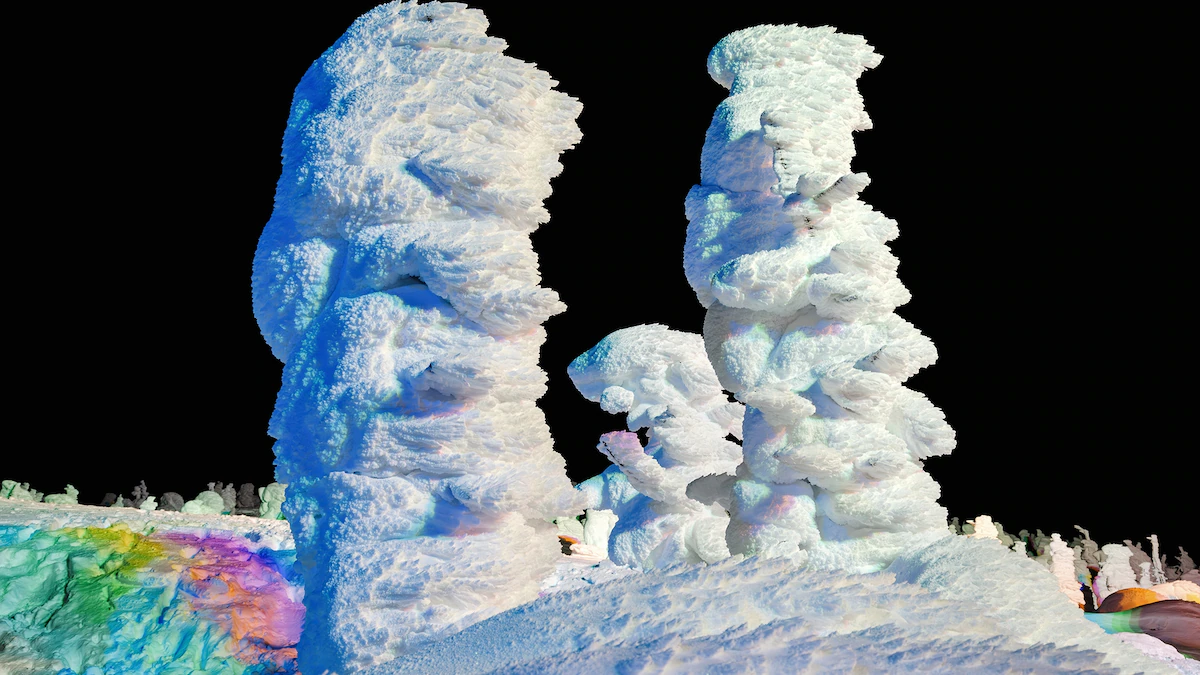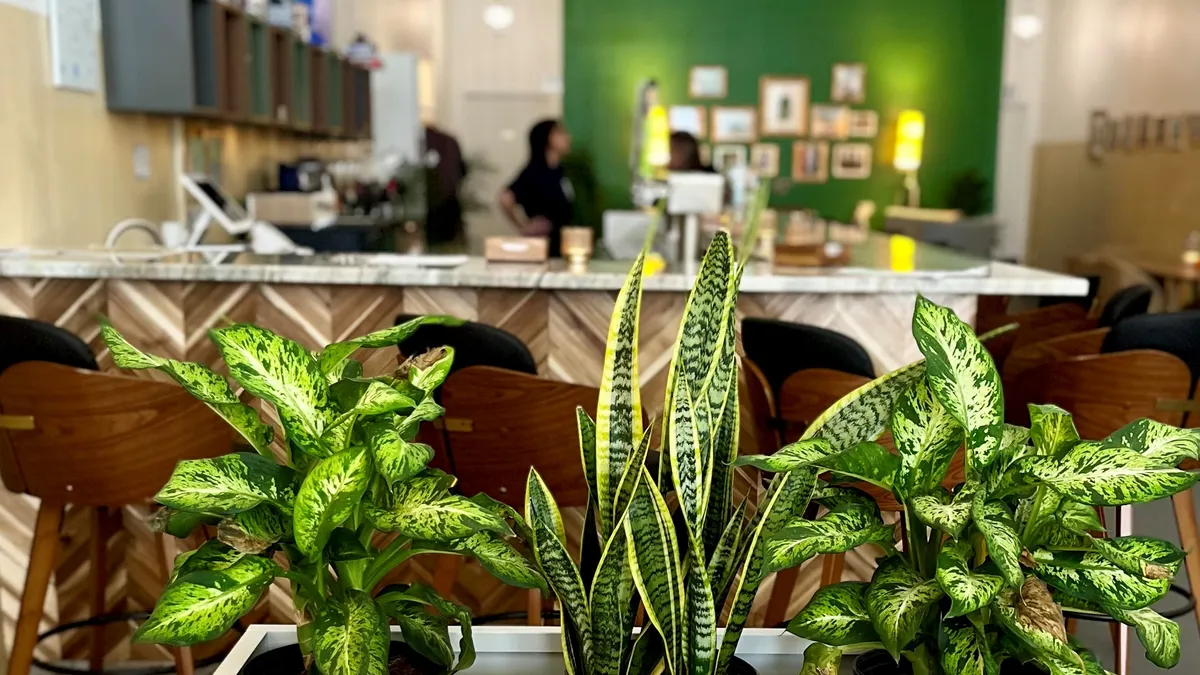Copyright National Geographic

As Japan’s tourism hot spots attract more and more travelers, there’s never been a better time to go off the beaten path and explore relatively under-visited places like Yamagata Prefecture. While more than half of the 37 million visitors to Japan in 2024 spent some time in Tokyo and a third visited Kyoto, around one percent made their way 200 miles north of the capital to Yamagata. Yet spread across this largely rural prefecture, you’ll find many of the ingredients that make Japan such an appealing destination. Want atmospheric temples and sacred mountains? Head to Yamadera and Dewa Sanzan. Highly rated winter sports? Check out Mount Zao. Need a hot spring town that looks like it’s been transported from a fairytale? Try Ginzan Onsen. Plus, Yamagata also has culinary clout. Locally raised Yonezawa Gyu is one of the county’s top wagyu brands. There are tasty local ramen variations, and a hearty hotpot, imoni, that is so beloved it has its own annual celebration. Combining locally grown rice and snowmelt from Yamagata’s long winters, the region’s sake breweries craft some of the best sake in Japan. Dewa Sanzan: The three sacred peaks of Dewa Sanzan—Mount Haguro, Mount Gassan, and Mount Yudono—have been a place of worship and pilgrimage for centuries. One highlight here is to climb the 2,000-plus steps through Haguro’s dense cedar forest to Dewa Sanzan Shrine, though for a deeper experience you could stay at a shukubo (temple lodging) or join yamabushi ascetics for mindful practices such as waterfall meditation. Yamadera: At this mountaintop temple, you can follow in the footsteps of famed haikuist Matsuo Basho. When Basho came here in the late 1600s, he wrote one of his most famous haiku, "stillness / the cries of cicada / sink into the rocks." Hike through the wooded trail and you’ll pass stone lanterns and statues covered in moss, before reaching a collection of temple buildings and sweeping views of the valley below. Come in summer and you might hear the cicadas, too. Nishikawa: Named one of the Best Tourism Villages by UN Tourism, Nishikawa gets about 20 feet (six meters) of snow every winter—it lasts so long you can still ski here in June. Home to one of the Dewa Sanzan peaks (Mount Gassan), Nishikawa has long attracted pilgrims, but the town is now also developing sustainable tourism projects, including craft workshops and culinary experiences. When to go In winter, Yamagata’s heavy snowfall is perfect for skiing and snowboarding. On the popular slopes of Mount Zao, the season runs from early December to early May, while less-developed Mount Gassan is open through early June. You’ll also find winter festivals, such as the Uesugi Snow Lantern Festival in February, when 1,000 snow lamps and lanterns are built around the Uesugi Shrine. While more southern areas of Japan are very hot and humid in summer, Yamagata is not consistently as toasty. Away from the mountains, the average August high temperatures has ranged from 31 to 35°C (87 to 95°F) in recent years, but the mountains remain a little cooler. Summer is also the time for major festivities like the traditional dancing of the Yamagata Hanagasa in early August. Where to eat Tokiwa: Run by the same family for five generations, this restaurant in Yonezawa has been serving Yamagata’s highly prized Yonezawa beef since 1894—as steak, shabu shabu, and sukiyaki. You’ll also find a second branch in Yamagata city. Yamagata Nagaya Sakaba:Imoni, a hotpot centered on taro and meat, is Yamagata’s comfort food. If you can’t make it for the annual Imoni Festival in September, when some 30,000 servings are cooked up in a single, giant pot, stop by Yamagata Nagaya Sakaba. In dark, rustic interiors akin to an old farmhouse, you can try imoni and other regional dishes. Yamagata Sake Museum: No, it’s not actually a museum, but this bar in Zao Onsen does serve sake from close to 50 breweries in the prefecture. You are in a good part of Japan to sample a few brews: like Champagne for its bubbly and Parma for its cheese, in 2016 Yamagata became the first Japanese prefecture to receive a geographical indication for its sake. Sakaeya: Yamagata is known in Japan for its ramen, but in the 1950s it was Sakaeya that created the most distinctive local variation – hiyashi ramen. Both broth and noodles are served chilled, and you’ll even find a handful of ice cubes in the bowl. Although it’s an especially popular summer dish, it’s on the menu year-round. Takimikan: A modern ryokan in Ginzan Onsen that combines tatami rooms and Japanese aesthetics with touches like beds (rather than futon). Like many of the best ryokan, you can unwind in open-air hot spring baths and take multi-course dinners featuring in-season, local produce. Chikuenso: This contemporary inn has easy access to Mount Zao’s snow resorts and summer hiking trails, and offers post-adventure pampering with onsen baths, kaiseki dinner courses, spa, and spacious rooms and suites that blend Japanese and Western designs. Getting around Bullet trains on the Yamagata Shinkansen route run from Tokyo to multiple stops in Yamagata prefecture, including Yonezawa, Yamagata city, and Shinjo. To cut costs, the money-saving JR East Pass for Tohoku gives five days of unlimited travel on the bullet train and other JR lines across the entire Tohoku region, including the journey to and from Tokyo. Beyond the bullet train, local JR lines reach Yamadera and buses run between Yamagata city and Zao Onsen, but a rental car is a convenient way to explore more rural areas, such as Dewa Sanzan. Major agencies like JR Rent-a-Car, Toyota Rent a Car, and Nippon Rent-a-Car offer online booking in English and have branches at Yamagata Station and other major stations. Yamagata has a domestic airport, located 14 miles outside of Yamagata city, with flights to Tokyo, Osaka, Nagoya, and Sapporo.



